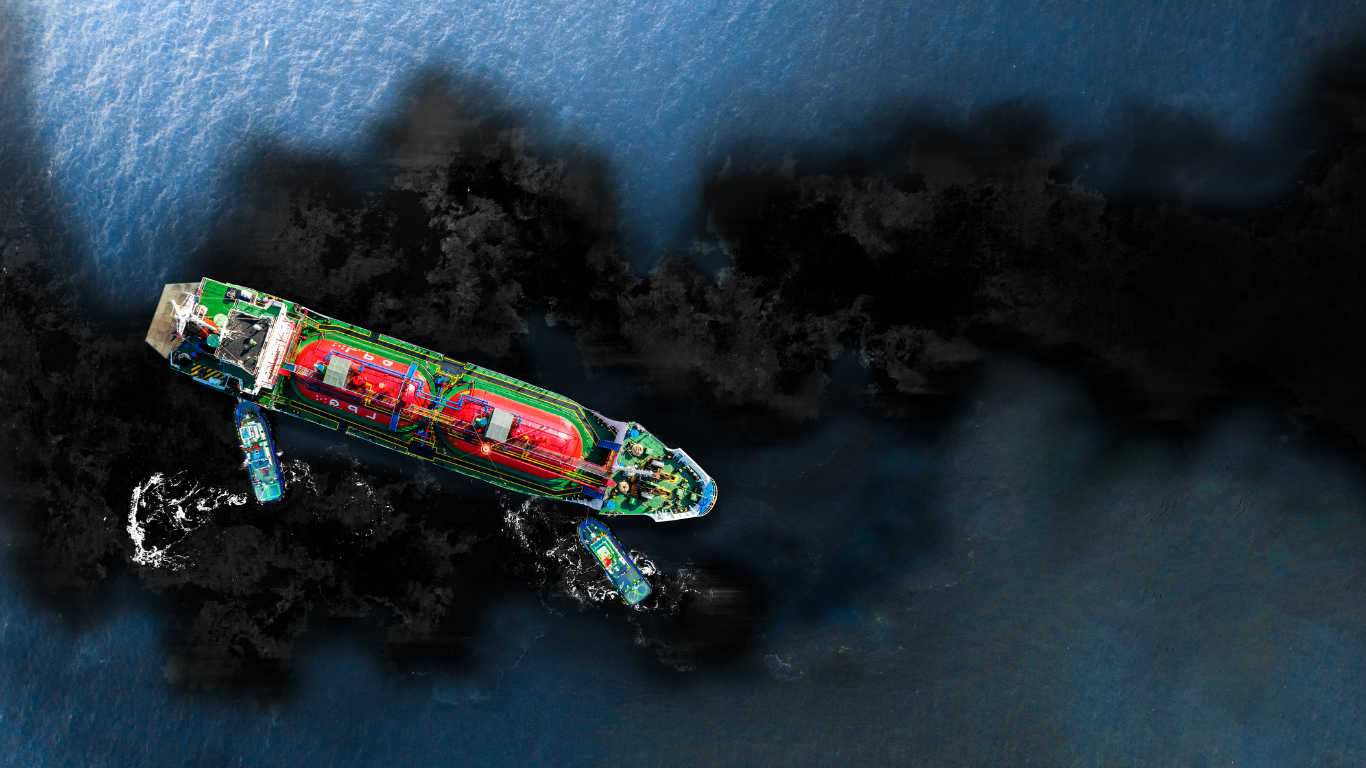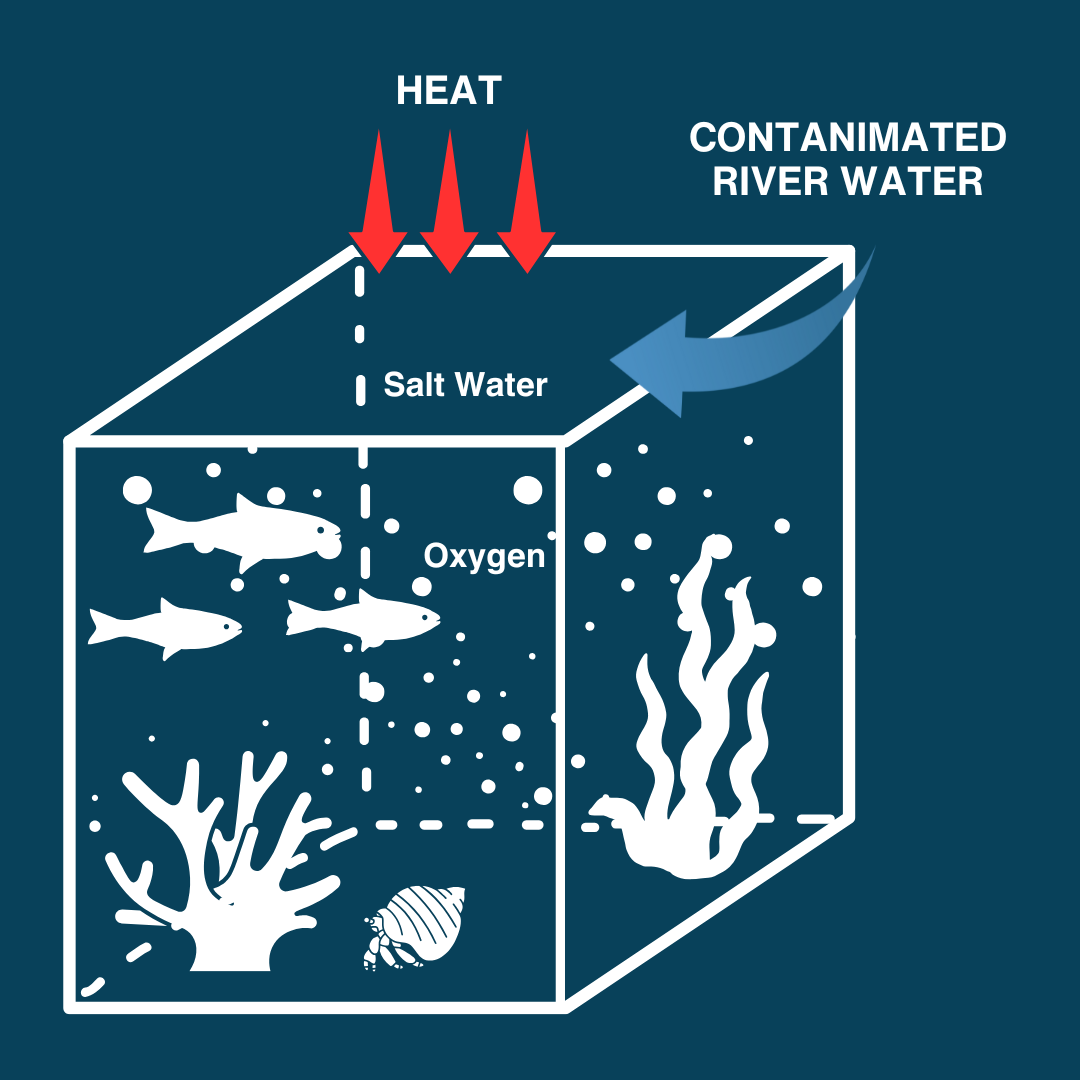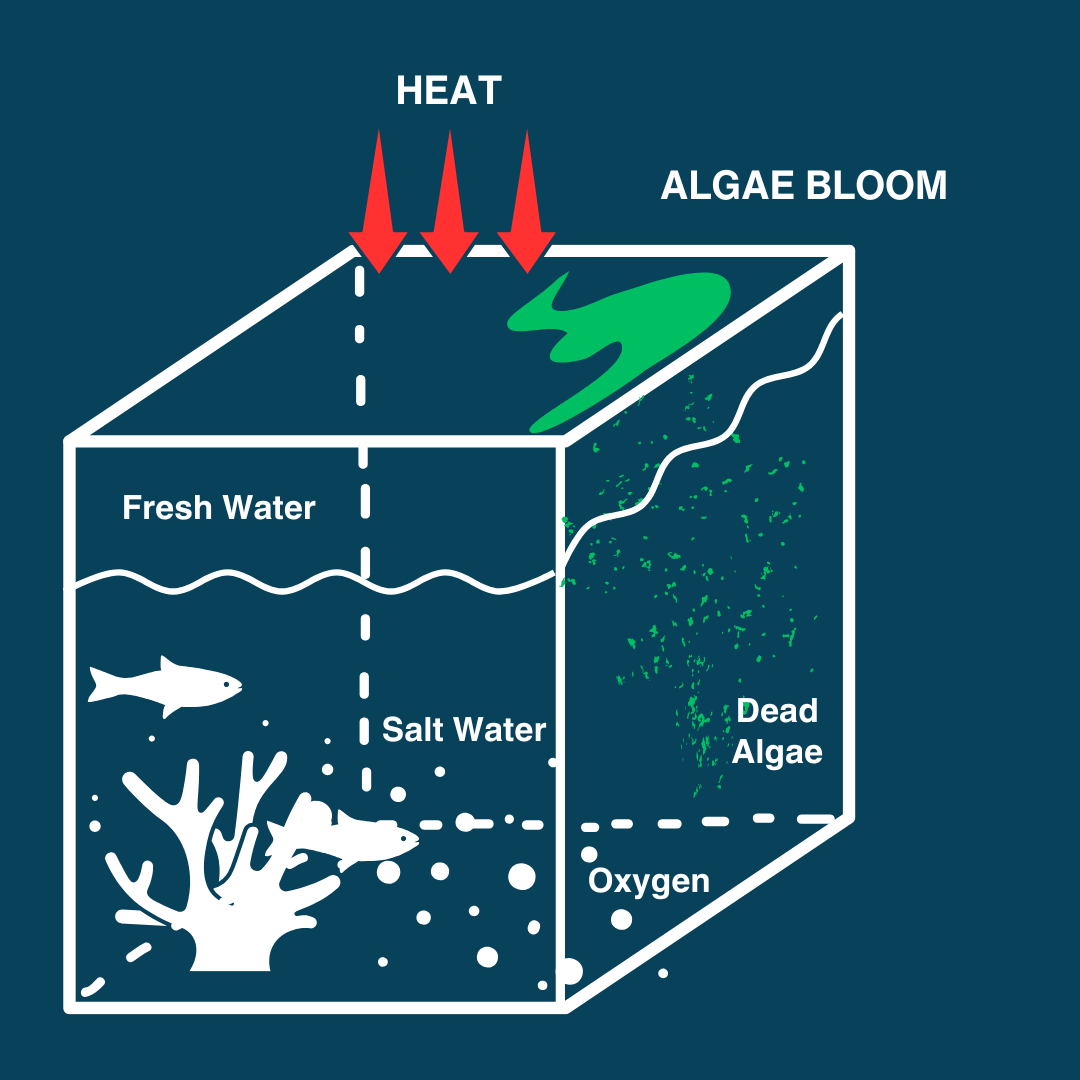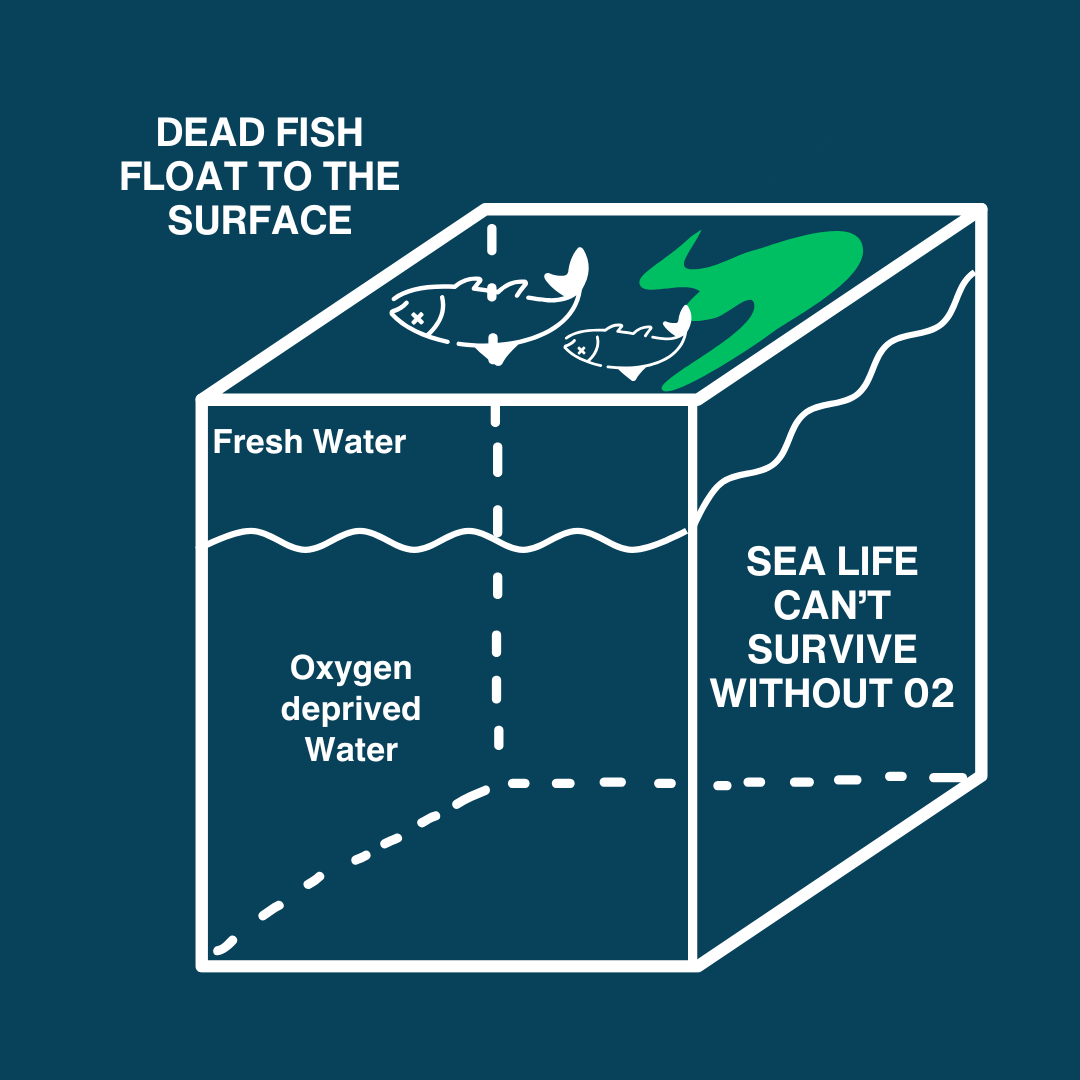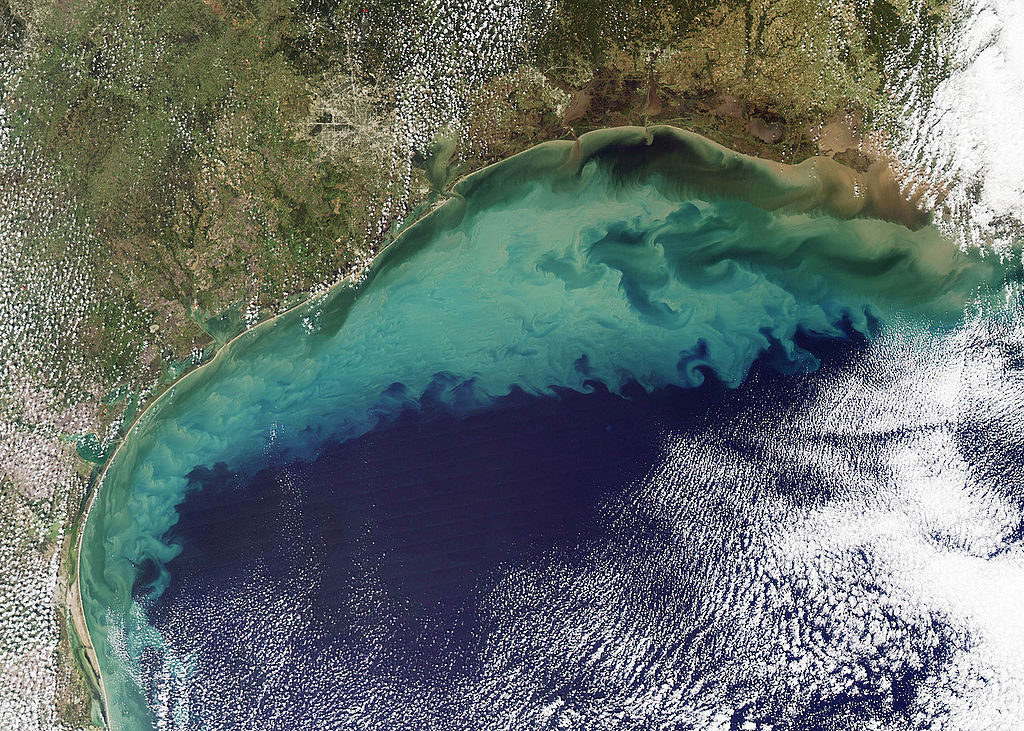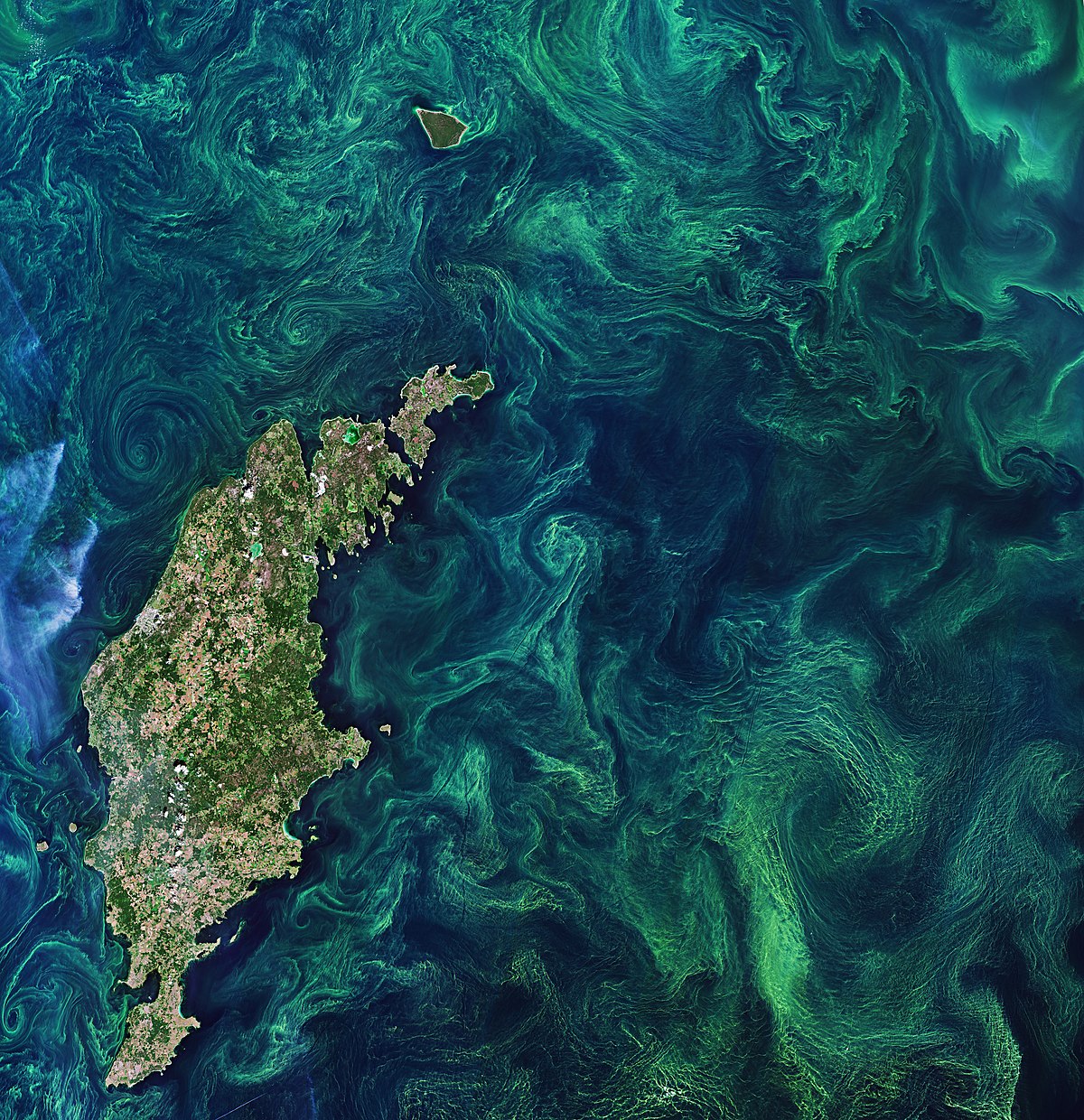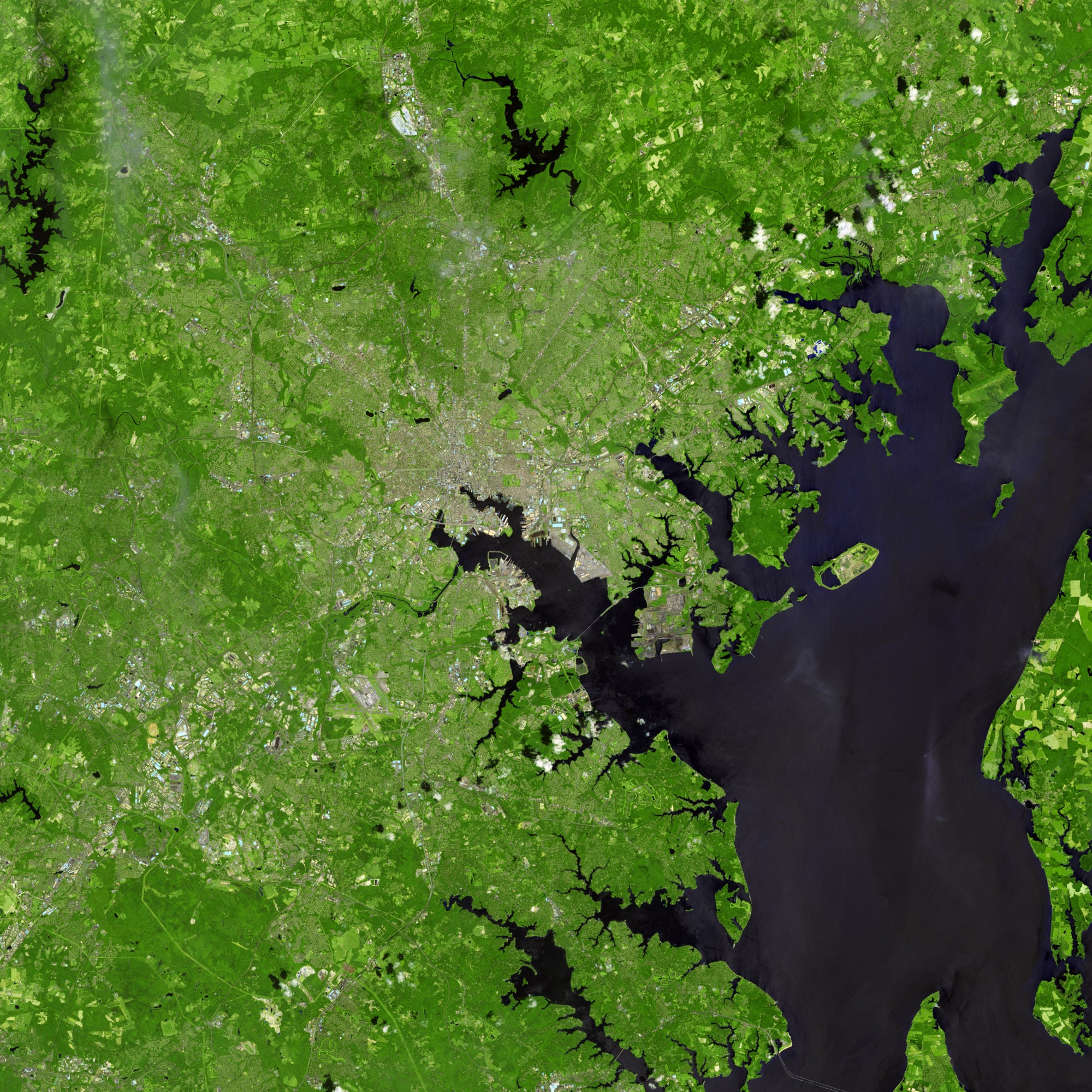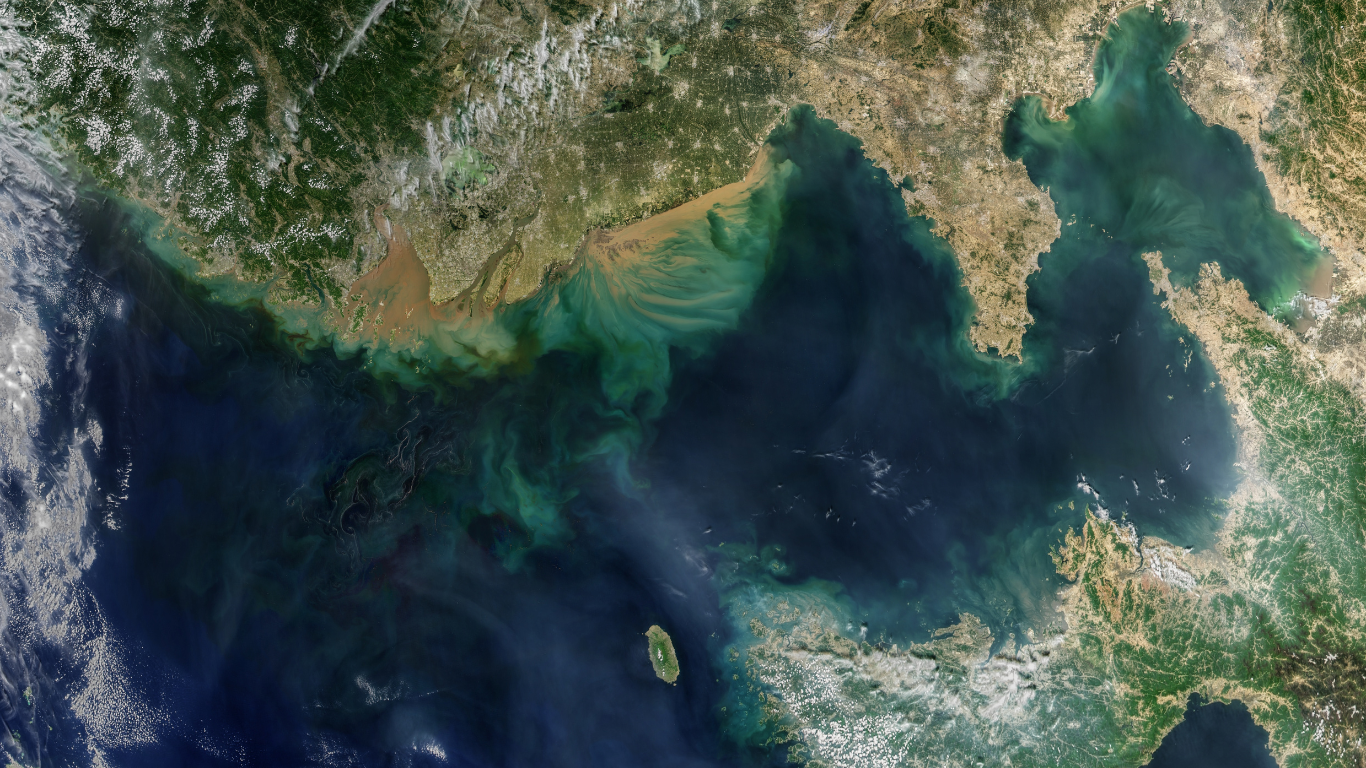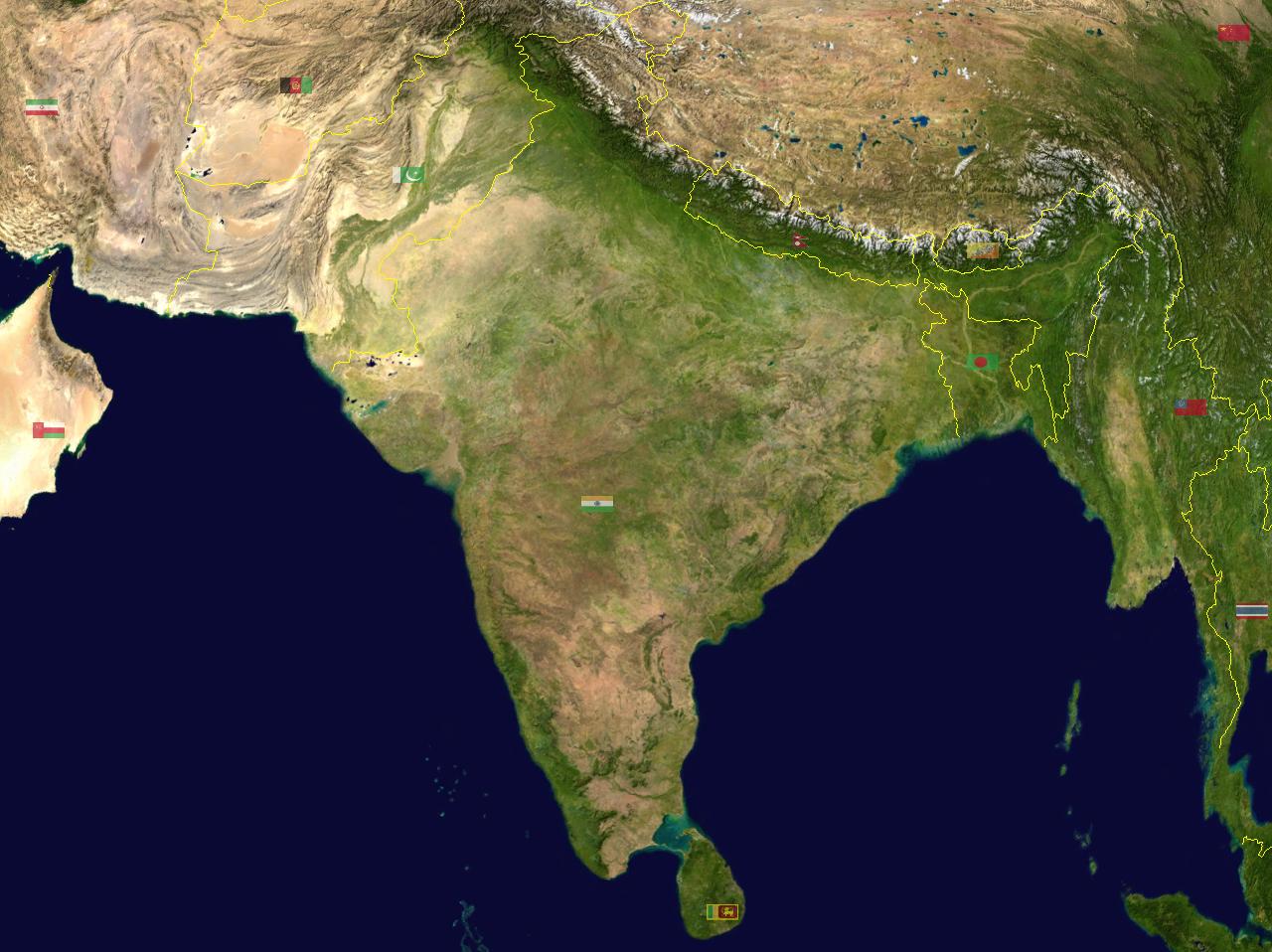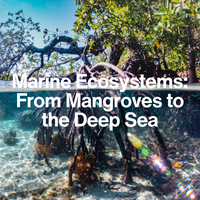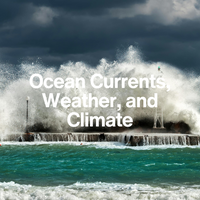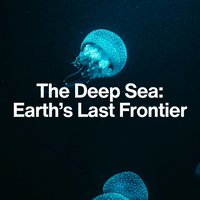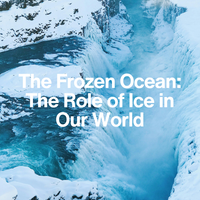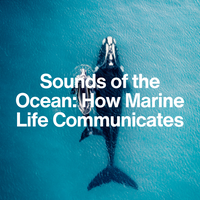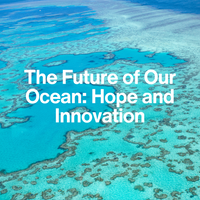LESSON 4
What Are "Dead Zones" and Why Do They Happen?
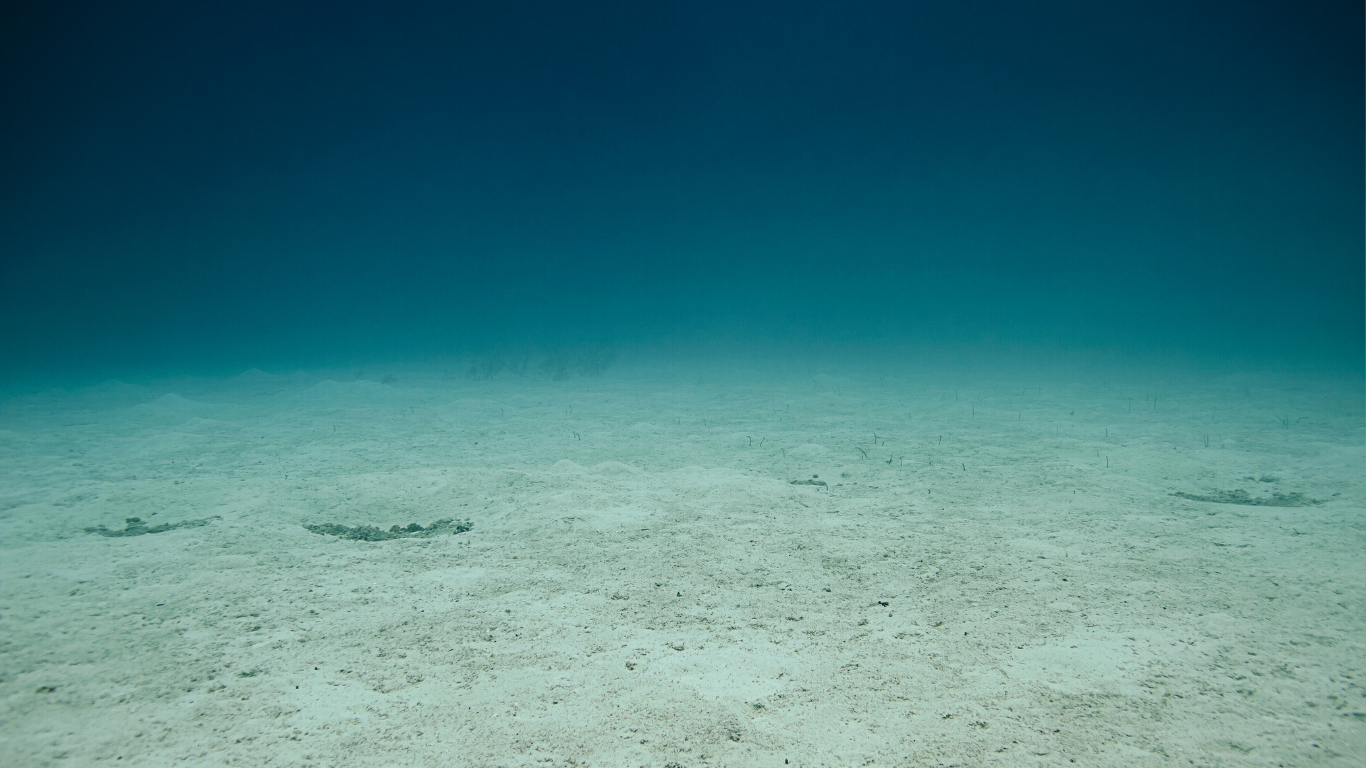
Introduction:
A Breathless Ocean
In a healthy ocean, oxygen dissolves in seawater, supporting life from microscopic plankton to massive whales. But in some areas, that oxygen vanishes—creating lifeless regions known as "dead zones."
These oxygen-depleted areas, or hypoxic zones, are expanding around the world. Fueled by pollution and climate change, they disrupt ecosystems, kill marine life, and threaten fisheries that millions depend on.
In this lesson, we’ll uncover what dead zones are, why they form, and how we can turn the tide before more of the ocean goes silent.
1. What Is a Dead Zone?
A dead zone is a region in the ocean (or in lakes and rivers) where oxygen levels are too low to support most marine life.
How it happens
The result:
An area with so little oxygen that most marine life cannot survive. Fish, crabs, and other species must flee—or die trying.
Did you know?
Marine animals rely on dissolved oxygen just like land animals rely on air.
2. Where Do Dead Zones Occur?
Dead zones form mostly in coastal waters near heavily populated or farmed regions.
These areas receive large amounts of nutrient runoff from rivers—carrying fertilisers, animal waste, and untreated sewage.
Did you know?
Dead zones are seasonal in many places—they form in warm months when algae grow rapidly and disappear when storms mix the water.
3. Why Dead Zones Are a Big Problem
Dead zones don’t just kill fish—they disrupt entire food webs and harm people too.
Did you know?
Dead zones can last from weeks to months—and some have persisted for decades.
Conclusion
Breathing Life Back Into the Ocean
Dead zones are a stark reminder of how closely land and sea are connected. The nutrients we add to our soil don’t just grow crops—they can also feed destructive algae blooms far downstream.
The good news? We already know what causes dead zones, and there are solutions: reduce fertiliser use, improve wastewater treatment, and restore wetlands to filter runoff.
When we protect the ocean’s breath, we protect every creature that depends on it—including ourselves.
Key Takeaways:
Dead zones are areas with low oxygen where marine life can’t survive.
They’re caused by nutrient pollution and worsened by climate change.
Dead zones threaten fisheries, biodiversity, and human livelihoods.
Reducing runoff and pollution can help prevent and reverse them.
NEXT LESSON
Oil Spills, Chemicals, and Toxic Waste in the Ocean
Next, we examine another serious threat: industrial and chemical pollution—from oil slicks to mercury and forever chemicals that build up in marine food chains.
